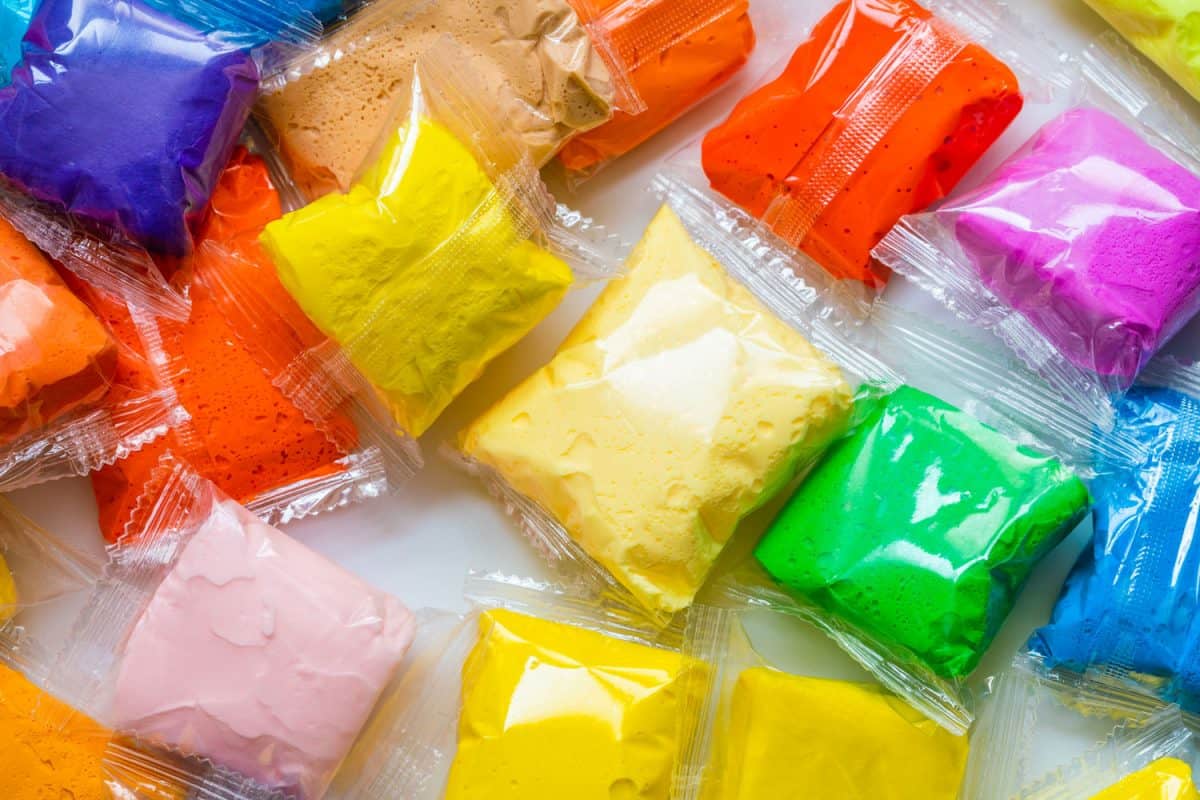

Articles
How To Store Open Polymer Clay
Modified: April 23, 2024
Learn how to store open polymer clay effectively with these helpful articles. Keep your clay fresh and workable for longer periods of time.
(Many of the links in this article redirect to a specific reviewed product. Your purchase of these products through affiliate links helps to generate commission for Storables.com, at no extra cost. Learn more)
Introduction
When it comes to working with polymer clay, proper storage is crucial to ensure that your creations remain in optimal condition. Polymer clay is a versatile and durable medium that can be molded into various shapes and forms. However, it is also extremely sensitive to certain environmental factors, such as heat and moisture, which can cause it to become brittle or lose its shape over time. To prevent these issues and extend the lifespan of your polymer clay, it is essential to store it correctly.
In this article, we will explore the importance of proper storage for polymer clay and provide you with tips and techniques to ensure that your clay remains in pristine condition. We will discuss the best storage containers for polymer clay, various storage methods for different types of clay and sculptures, and how to store your tools and supplies.
By following these guidelines, you can protect your polymer clay investment and have peace of mind knowing that your creations will stay intact and ready for your next project.
Key Takeaways:
- Proper storage of polymer clay is essential to maintain its pliability, prevent color mixing, and extend its shelf life. Choosing the right storage container and following recommended storage methods are key to preserving the quality of your clay.
- Storing polymer clay sculptures, unused clay, and tools requires specific techniques to ensure protection and usability. By implementing proper storage practices and maintaining the quality of stored clay, you can continue to enjoy the creative possibilities that polymer clay offers.
Read more: How To Store Opened Polymer Clay
Why is proper storage important for polymer clay?
Proper storage is vital for polymer clay for several reasons. Firstly, polymer clay is a pliable material that can be easily shaped and molded. However, it is also sensitive to changes in temperature and humidity. Storing polymer clay in inappropriate conditions can lead to issues such as hardening, softening, or even crumbling of the clay. Additionally, exposure to dust and dirt can mar the surface of the clay, making it difficult to achieve a smooth finish on your projects.
Another reason why proper storage is important is to prevent color mixing. Polymer clay comes in a wide variety of vibrant colors, and it is essential to store each color separately to avoid accidentally mixing them together. Once polymer clay colors are mixed, it is challenging to achieve a uniform color again, and this can affect the overall appearance of your projects.
Furthermore, exposure to air and light can cause polymer clay to undergo a process called “polymerization.” This process leads to the oxidation of the clay, resulting in a change in its texture and color. Storing polymer clay in airtight containers and keeping it away from direct sunlight can help minimize this effect and maintain the clay’s original properties for a more extended period of time.
Proper storage also helps in extending the shelf life of your polymer clay. If stored correctly, polymer clay can last for several years, allowing you to use it whenever inspiration strikes. By keeping your clay organized and protected, you can reduce waste and save money on purchasing new clay every time you want to start a new project.
Overall, proper storage of polymer clay is essential for maintaining its quality and usability. It ensures that your clay remains pliable, free from contamination, and that the colors stay vibrant. Good storage practices will prolong the lifespan of your clay, allowing you to enjoy creating with it for years to come.
Choosing the right storage container
When it comes to storing your polymer clay, choosing the right container is key to ensuring its longevity and protecting it from external factors. Here are some factors to consider when selecting a storage container:
Material: Opt for containers made from materials that are non-reactive and non-porous. Good options include plastic containers, glass jars, or metal tins. Avoid containers made from materials that can react with or leach chemicals into the clay, such as certain types of metal or cardboard. Additionally, ensure that the container is free of any residue or contaminants that could potentially transfer onto the clay.
Size: The size of the container will depend on the quantity of clay you have and the size of your projects. It’s best to choose a container that offers enough space to store your clay without overcrowding it. This will help prevent distortion or deformation of your clay and allow for easy access when you need to retrieve pieces.
Airtightness: Polymer clay is highly susceptible to air exposure, which can lead to premature hardening or oxidation. Look for containers with airtight seals or lids to create a barrier against air and moisture. This will help preserve the clay’s pliability and prevent color fading or texture changes.
Compartmentalization: If you work with multiple colors or have various sizes of clay blocks, consider using a container with compartments or dividers. This will keep your colors separated, preventing any unintentional mixing. It also allows for better organization and easy identification of different clay types.
Transparency: Clear containers or those with translucent lids can be beneficial for easily identifying the contents without opening the container. This prevents unnecessary exposure to air and reduces the handling of the clay, ultimately extending its shelf life.
Remember to thoroughly clean and dry your storage container before placing your polymer clay inside. This ensures that there are no contaminants or residue that could affect the quality of the clay.
By choosing the right storage container, you can provide your polymer clay with a safe and suitable environment, safeguarding its integrity and ensuring it remains in optimal condition for your creative endeavors.
Recommended storage methods
There are several storage methods you can use to keep your polymer clay in excellent condition. Here are some recommended techniques:
- Individual plastic bags: Place each color or block of clay inside a separate airtight plastic bag. This method allows for easy organization and prevents colors from inadvertently mixing. It also helps to retain moisture and maintains the clay’s pliability.
- Storage containers: Utilize airtight plastic or glass containers with compartments to store your polymer clay. This method is particularly useful if you have a large collection of clay or work with different colors. It keeps your clay well-organized and protected from dust, air, and humidity.
- Zip-top bags: For smaller quantities or scraps of clay, store them in zip-top bags. Squeeze out any excess air before sealing to create a more compact and airtight environment.
- Drawer organizers: If you have limited space, consider using drawer organizers or storage boxes with dividers to store your polymer clay. This method is efficient in keeping your clay separated and easily accessible.
- Clay conditioning containers: Specialized containers designed for polymer clay conditioning can also be used for storage. These containers often feature removable dividers and are designed to keep your clay soft and pliable by minimizing air exposure.
Regardless of the storage method you choose, always make sure to keep your polymer clay away from direct sunlight, heat sources, and extreme temperatures. These can cause the clay to become too soft, lose its shape, or even melt.
Labeling your storage containers is also beneficial for easy identification and organization. Use permanent markers or adhesive labels to indicate the color or type of clay contained within each container.
Remember to always close the containers tightly to create a proper seal and maintain the clay’s freshness. Regularly check your stored clay for any signs of hardening or deterioration and discard any clay that has become unusable to prevent contamination of the rest of your collection.
By utilizing these recommended storage methods, you can ensure that your polymer clay remains in optimal condition, ready to be used for your creative projects.
Storing polymer clay sculptures
Storing polymer clay sculptures requires a different approach compared to storing raw clay or small clay blocks. Here are some tips for storing polymer clay sculptures:
- Support structures: Depending on the size and fragility of your sculpture, it may require additional support to maintain its shape during storage. Consider using armatures or internal supports made from wire, foil, or other sturdy materials to provide stability and prevent any bending or warping.
- Cushioning: Use soft materials like fabric or bubble wrap to wrap the sculpture before placing it in a storage container. This will help protect delicate details and prevent any damage during handling or movement.
- Individual containers: If possible, store each sculpture in its own individual container. This helps prevent sculptures from accidentally rubbing against each other and causing any surface damage. It also makes it easier to retrieve and transport individual pieces without disturbing the others.
- Layering: If you need to stack multiple sculptures in a single container, place a layer of soft material, such as foam or felt, between each piece. This provides an extra cushioning layer and reduces the risk of scratches or dents.
- Positioning: When placing sculptures in a storage container, make sure they are in a stable and upright position. Avoid stacking them too high or positioning them in a way that can cause stress or pressure on certain areas. This will help maintain the integrity and shape of your sculptures.
- Absorbent material: To control moisture levels, especially in humid climates, consider including an absorbent material, such as silica gel packets, inside the storage container. This helps to reduce the risk of mold or moisture-related damage to your sculptures.
It’s important to note that sculptures made with polymer clay may still be slightly flexible even after baking, especially if they are thin or have intricate designs. Therefore, it is crucial to handle and store them with care to avoid any accidental bending or breakage.
By following these tips, you can ensure that your polymer clay sculptures remain well-protected and maintain their original shape and detail, ready to be displayed or used for future projects.
Store open polymer clay in an airtight container or resealable plastic bag to prevent it from drying out. You can also add a moist paper towel or a small piece of raw clay to keep it soft.
Read more: How To Store Polymer Clay After Opening
Storing scrap or unused polymer clay
When working with polymer clay, it is common to have leftover scraps or unused portions. Properly storing these materials is essential to minimize waste and maximize their potential for future use. Here are some tips for storing scrap or unused polymer clay:
- Separate storage: Keep your scrap or unused clay separate from your main clay collection. This helps prevent accidental mixing of colors or contamination with debris.
- Plastic wrap: Wrap each piece of scrap clay tightly in plastic wrap to protect it from air exposure. This helps to maintain its pliability and prevents it from drying out.
- Airtight containers: Place the wrapped scrap clay pieces inside airtight containers such as zip-top bags, small plastic containers, or sealable jars. Ensure the containers are tightly sealed to prevent air and moisture from entering.
- Labeling: Label each container or bag with the color(s) and date of storage. This will help you easily identify the clay and determine how long it has been stored.
- Softening hardened clay: If you come across hardened or partially cured scrap clay, you can try softening it before use by conditioning it with fresh clay or adding a small amount of clay softener. Knead and work the scrap clay until it becomes pliable again.
- Organizational system: Consider using a storage box or drawer organizers specifically dedicated to holding your scrap clay. This allows for easy access and keeps the pieces organized.
- Color blending: Utilize your scrap clay for color blending experiments or creating unique marbled effects. By combining different colors, you can achieve interesting and beautiful results.
- Mixing additives: Keep separate containers for storing different additives such as mica powders, glitters, or liquid clay. This ensures that these materials do not contaminate your main clay collection or the scrap clay.
Regularly check your stored scrap clay for any signs of deterioration, discoloration, or mold. Dispose of any clay that has become unusable to prevent contamination of the rest of your clay collection.
By properly storing your scrap or unused polymer clay, you can reduce waste, save money, and explore new creative possibilities without the need for purchasing additional clay.
Storing polymer clay tools
Proper storage of your polymer clay tools is essential to keep them in good condition and easily accessible for your creative projects. Here are some tips for storing your polymer clay tools:
- Tool organizer: Invest in a tool organizer or roll-up case specifically designed for holding and organizing polymer clay tools. These organizers typically have individual compartments or pockets to keep your tools separated and protected.
- Compact storage: If you have a limited amount of space, consider using a small plastic storage box or pouch to store your tools. This allows for easy transportation and keeps everything in one place.
- Individual compartments: For smaller tools, such as sculpting tools or blades, use a container with multiple compartments to keep them organized and prevent them from getting damaged or lost.
- Tool rack: If you have a substantial collection of polymer clay tools, consider using a vertical or tabletop tool rack to keep them within reach and visible. This not only provides easy access but also serves as a display for your tools.
- Magnetic strip: Attach a magnetic strip to a wall or the inside of a cabinet door to hold your metal tools, such as needle tools or metal cutters. This keeps them organized and prevents them from getting lost or damaged.
- Labeling: Use labels or markers to identify each tool or compartment. This makes it easier to locate specific tools and ensures that everything goes back to its proper place after use.
- Cleaning before storage: Before storing your tools, make sure to clean them thoroughly. This prevents any clay residue from hardening and affecting the performance of the tools. Use a damp cloth or soap and water to remove any clay remnants.
- Separate storage for sharp tools: For tools with sharp edges, such as blades or craft knives, keep them in their protective covers or in a separate container to prevent accidental cuts or injuries.
Remember to check your tools periodically for any signs of wear or damage. Replace any tools that are no longer in good condition to ensure optimal performance and safety.
By implementing these tips, you can keep your polymer clay tools organized, protected, and ready for use in your artistic endeavors.
Tips for maintaining the quality of stored polymer clay
Proper storage is crucial for maintaining the quality of your polymer clay. Here are some tips to ensure that your stored clay remains in optimal condition:
- Keep away from heat and direct sunlight: Polymer clay can become soft or melt in high temperatures. It is essential to store your clay in a cool and dry area, away from heat sources and direct sunlight. Excessive heat exposure can cause the clay to become too soft or change its texture.
- Avoid extreme temperature fluctuations: Rapid changes in temperature can impact the stability of polymer clay. It is best to store your clay in an area with consistent temperature and humidity levels to prevent the clay from warping or becoming brittle.
- Protect from air exposure: Air exposure can cause polymer clay to dry out and become hard. To prevent this, make sure to store your clay in airtight containers or wrap it tightly in plastic wrap before placing it in a storage container. This will help retain the moisture content of the clay and maintain its pliability.
- Minimize dust and debris: Dust and debris can affect the surface finish of your polymer clay. Store your clay in a clean and dust-free environment to prevent contamination. Additionally, avoid working with clay on surfaces that may introduce debris or particles into the clay while conditioning or sculpting.
- Don’t overcrowd the storage container: Overcrowding the storage container can deform or distort the clay. Allow enough space for each piece of clay to breathe and maintain its shape. If needed, use separate containers or dividers to distribute the clay evenly and prevent contact between pieces.
- Regularly check on the stored clay: Periodically inspect your stored clay for any signs of deterioration, color changes, or mold growth. Immediately discard any clay that shows signs of contamination or damage to prevent it from affecting the rest of your stored clay.
- Rotate your clay inventory: If you have a large collection of polymer clay, rotate the use of your clay to ensure that none of it is stored for an extended period. This way, you can regularly utilize and replenish your stock, minimizing the chance of clay degradation over time.
- Store in a controlled humidity environment: High humidity can make polymer clay sticky and difficult to work with. If you live in a humid climate, consider using dehumidifiers or moisture-absorbing materials in your storage area to control humidity levels and prevent clay-related issues.
By following these tips, you can maintain the quality and usability of your stored polymer clay, ensuring that it remains in ideal condition for all your future creative projects.
Conclusion
Proper storage is crucial for maintaining the quality and usability of your polymer clay. Whether you are storing raw clay, sculptures, scrap clay, or tools, following the right storage methods will help protect your investment and ensure that your clay remains in excellent condition.
Choosing the right storage container is the first step towards preserving your clay. Opt for materials that are non-reactive, non-porous, and airtight. Consider individual containers, compartmentalization, and clear containers for easy organization and identification of your clay.
When storing polymer clay sculptures, additional precautions are necessary. Support structures, cushioning, and individual containers are recommended to prevent deformation or damage to your intricate creations.
For scrap or unused clay, separate storage and airtight containers are essential. Properly wrapped and labeled clay will prolong its usability, reduce waste, and provide opportunities for color blending and experimentation.
Tools used for polymer clay should be stored in an organized and accessible manner. Tool organizers, compact storage solutions, and labeling ensure that your tools are protected and ready for your creative endeavors.
To maintain the quality of your stored clay, consider factors such as temperature control, protection from air exposure, minimizing dust and debris, and regular inspection of your stored clay for any signs of deterioration or contamination.
By implementing these storage methods and tips, you can protect your polymer clay investment, prolong its lifespan, reduce waste, and continue to enjoy the versatility and creative possibilities that polymer clay offers.
Remember, proper storage is not only about preserving your polymer clay; it also allows you to create with confidence, knowing that your clay is in its best condition whenever inspiration strikes.
Frequently Asked Questions about How To Store Open Polymer Clay
Was this page helpful?
At Storables.com, we guarantee accurate and reliable information. Our content, validated by Expert Board Contributors, is crafted following stringent Editorial Policies. We're committed to providing you with well-researched, expert-backed insights for all your informational needs.
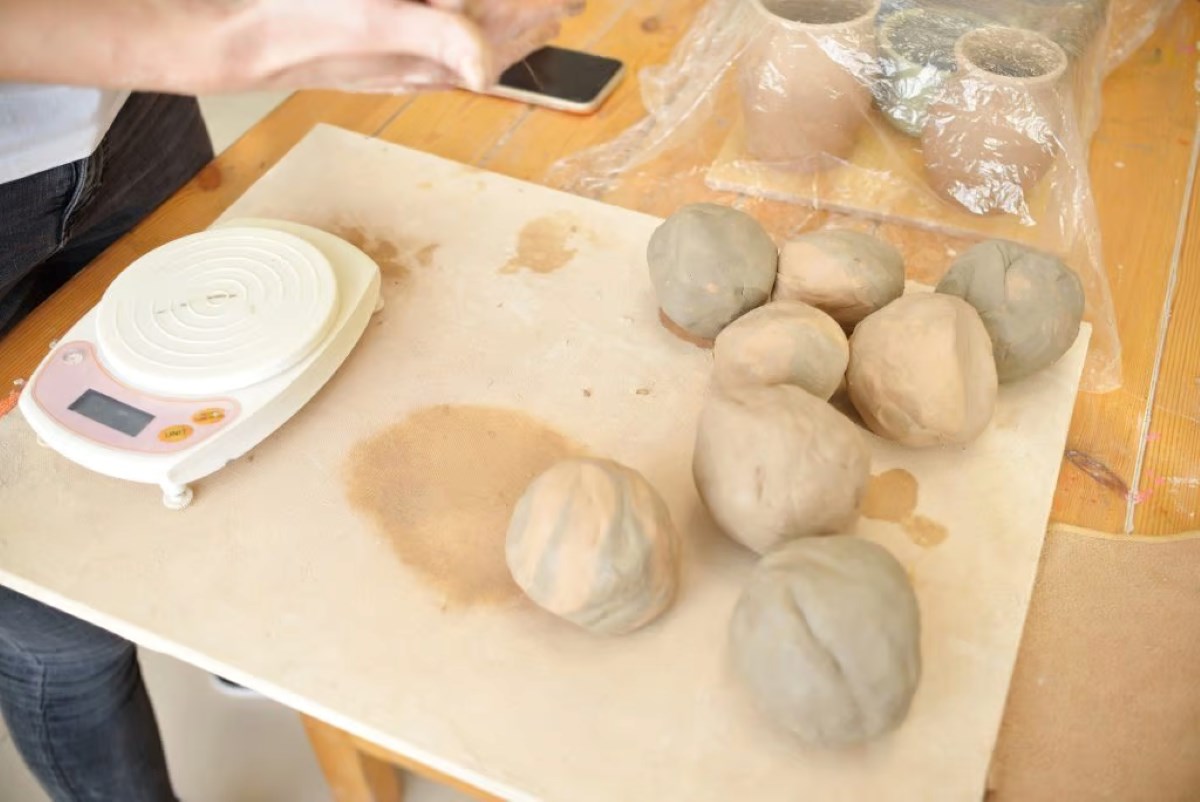
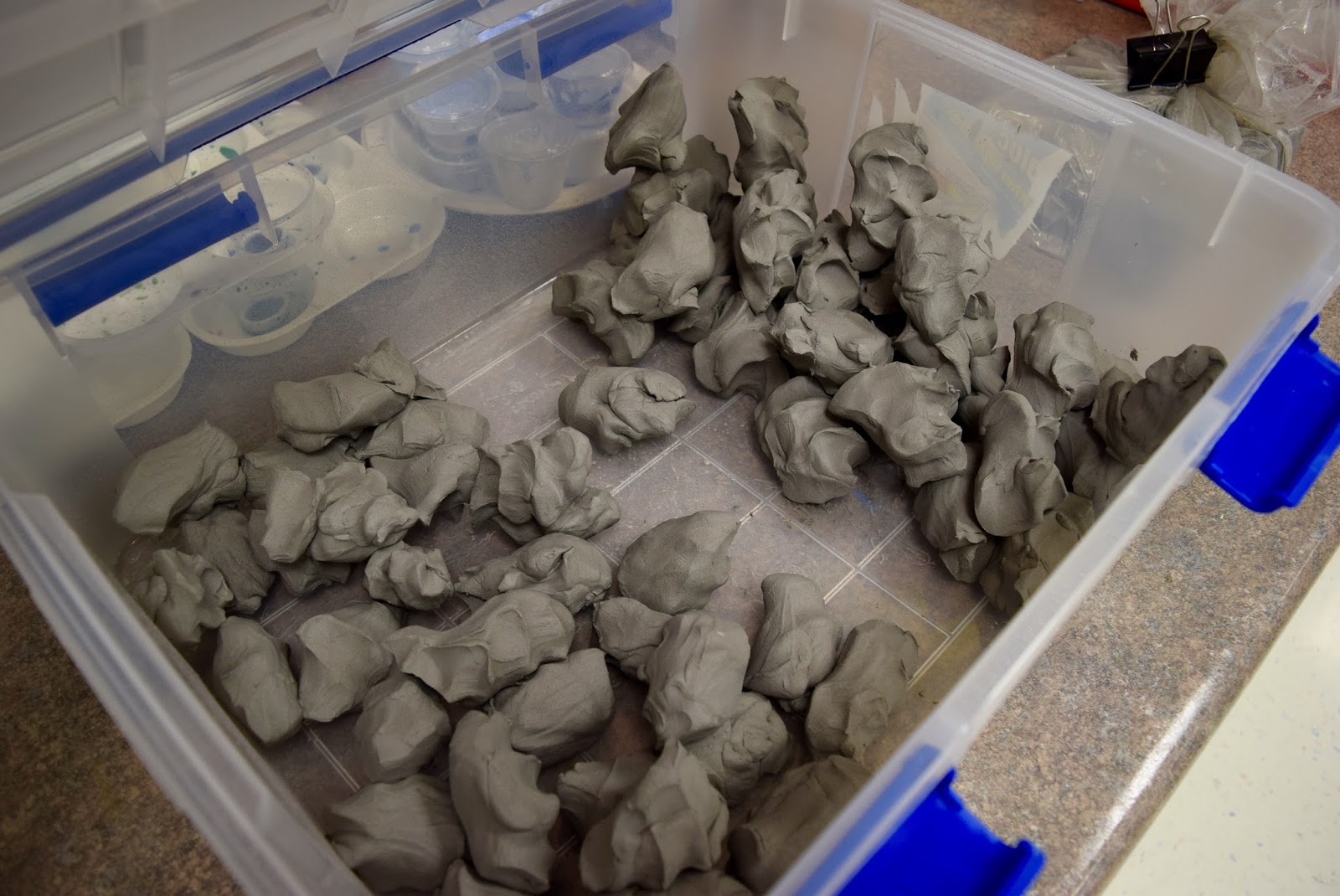
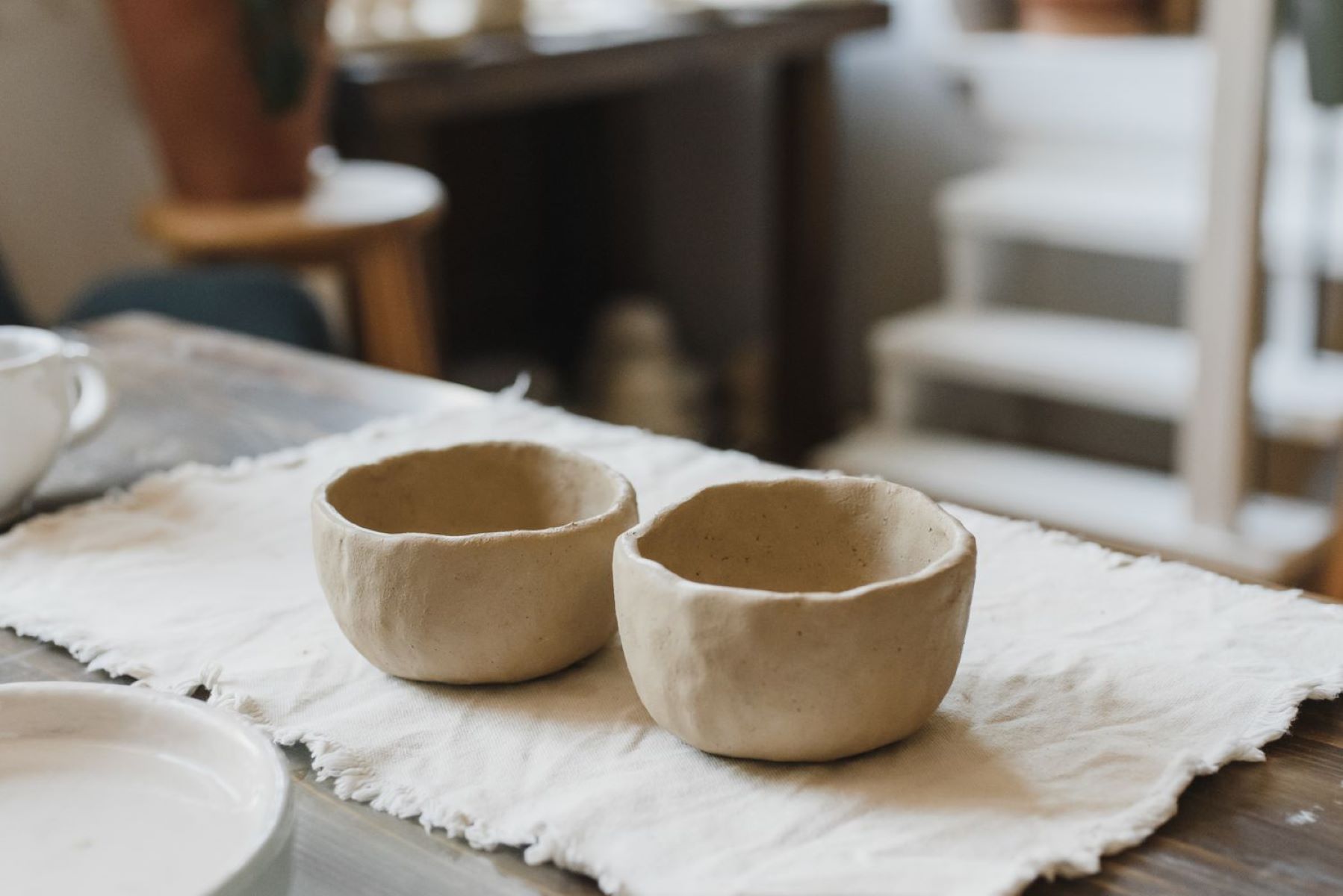
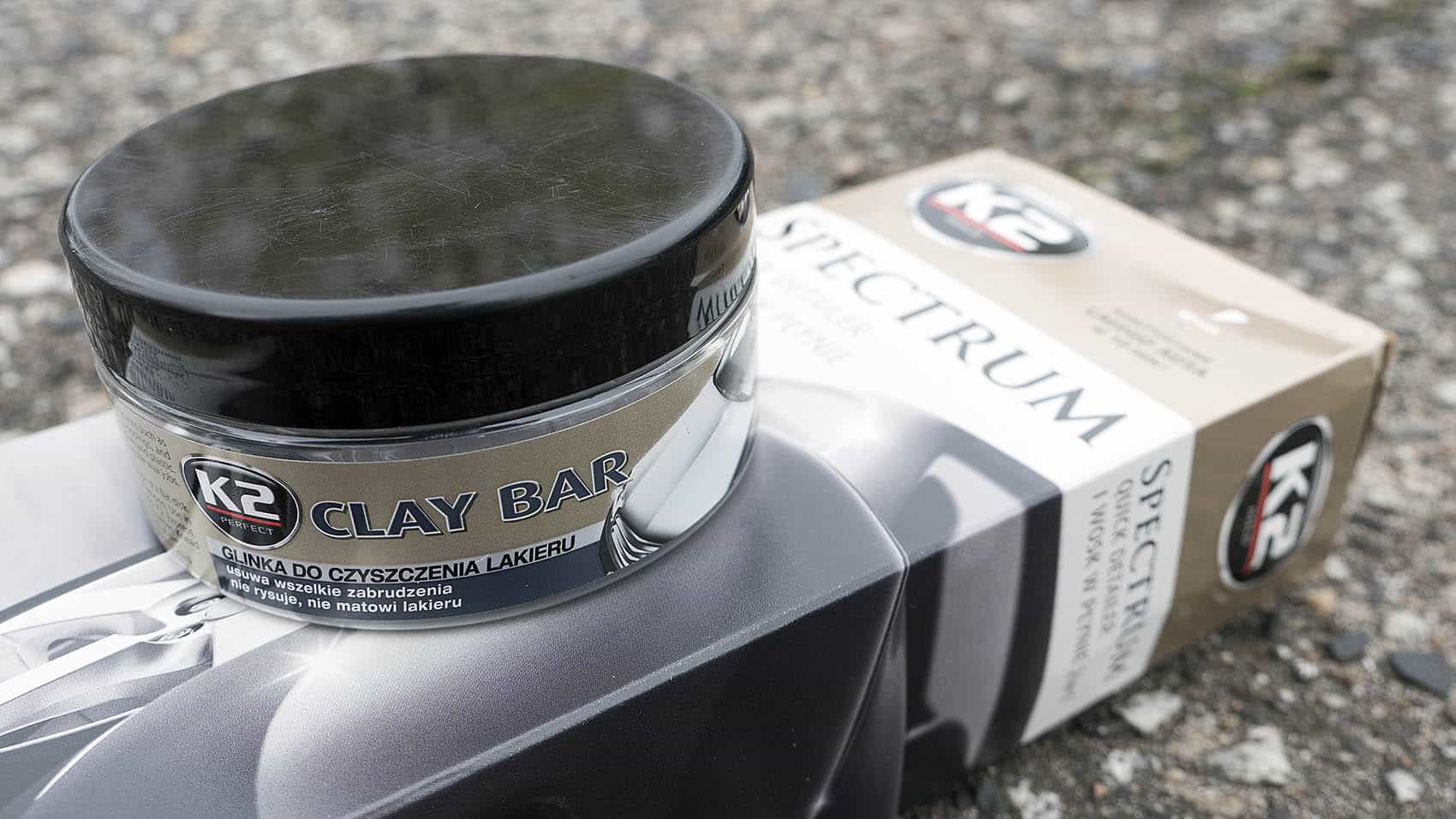
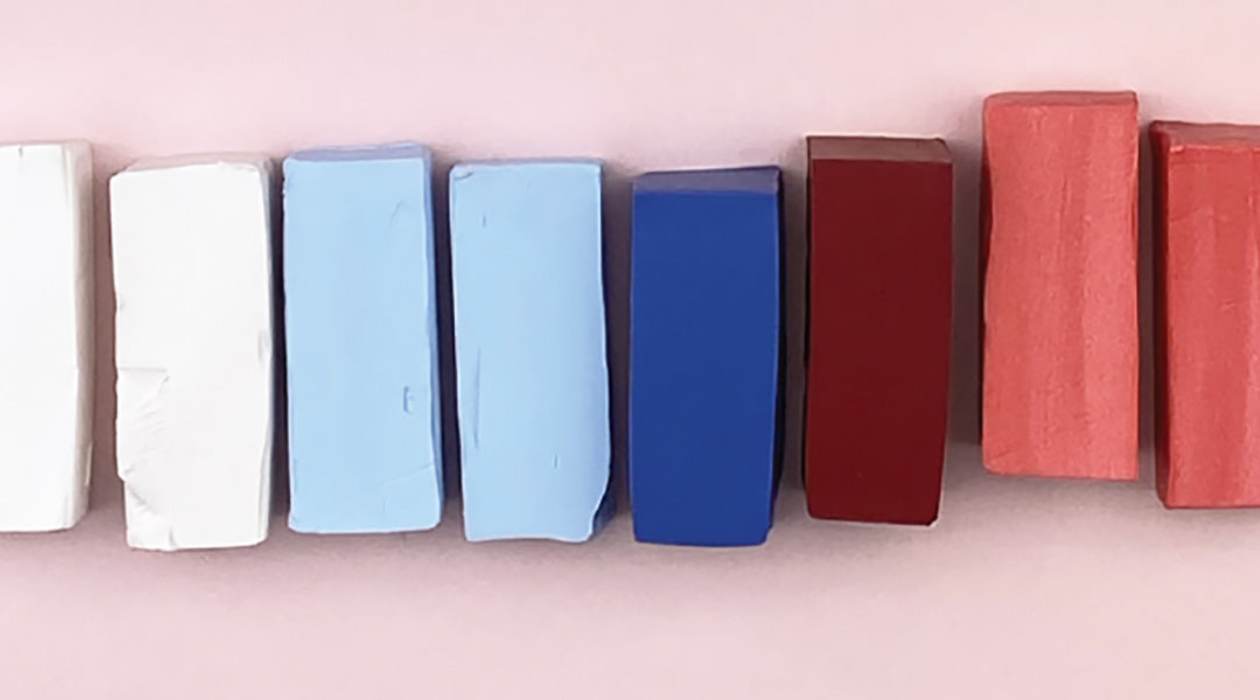
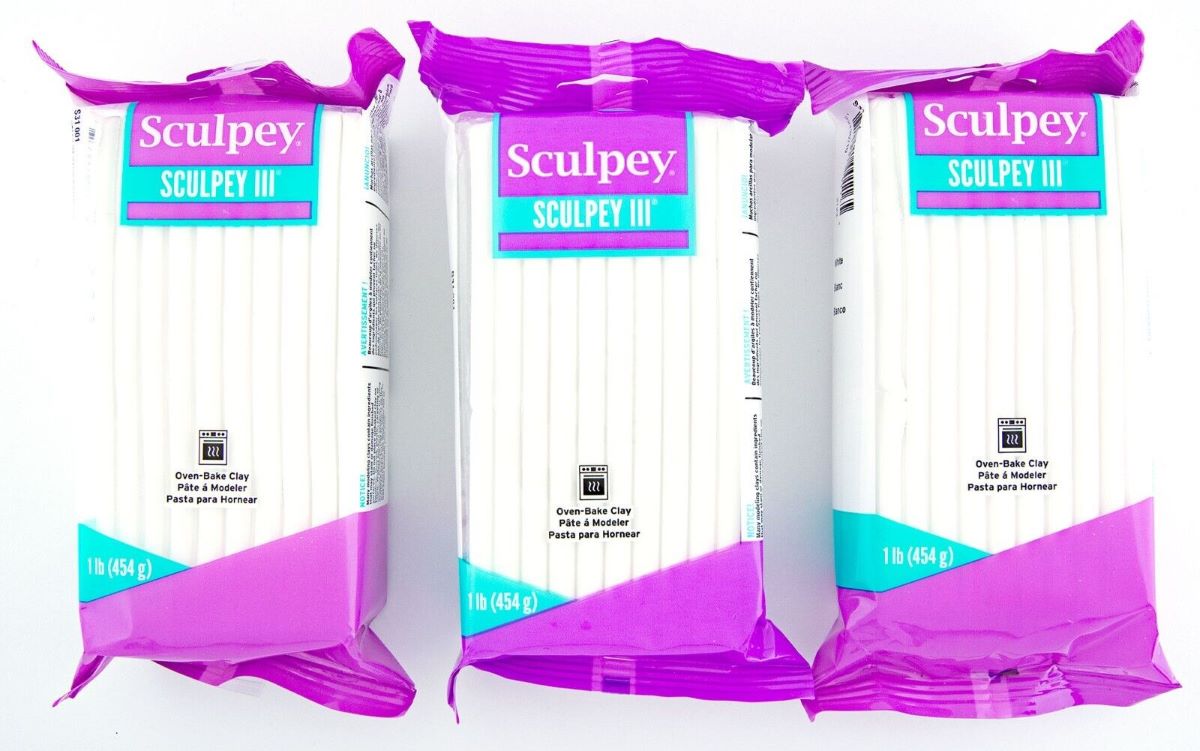
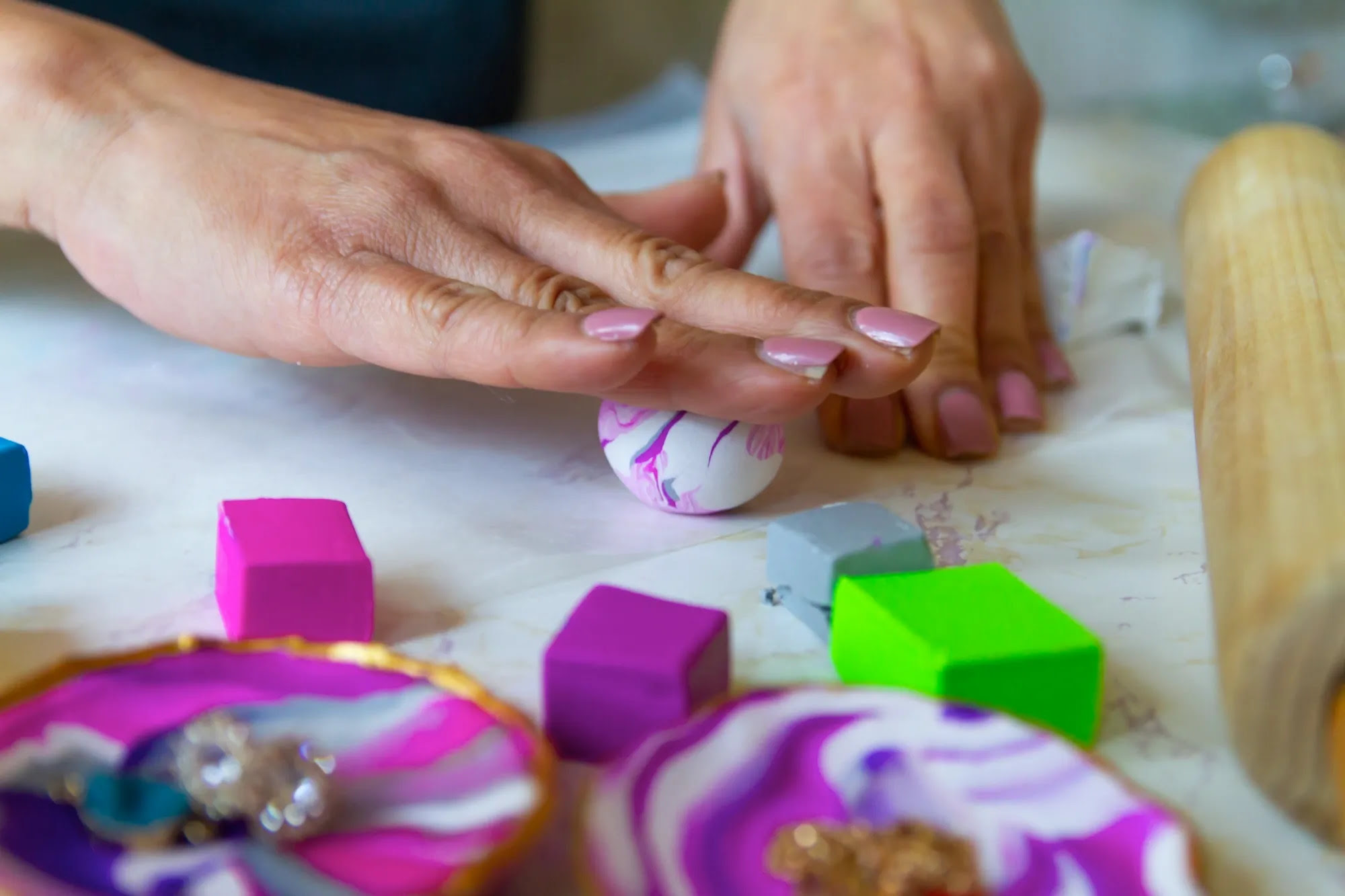
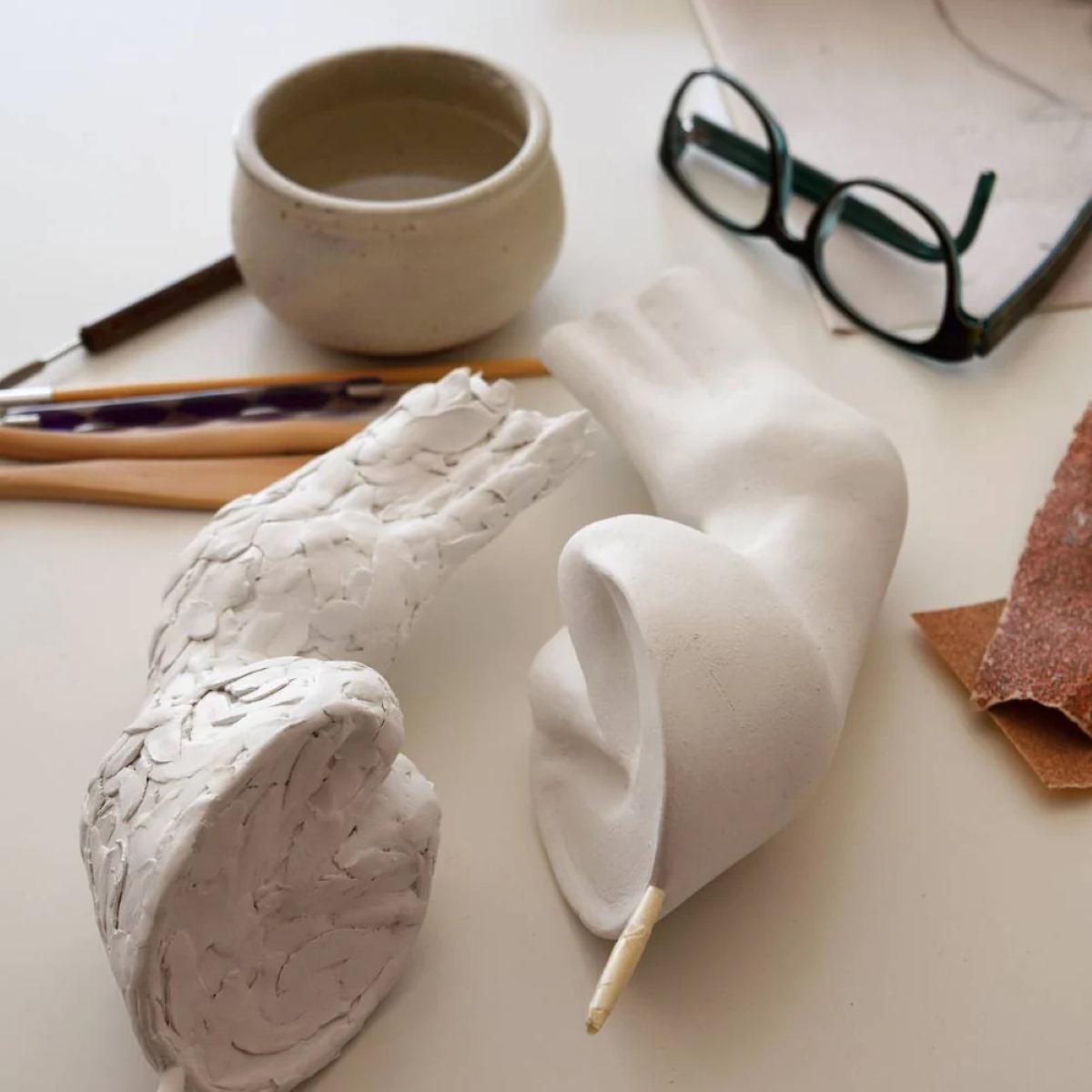
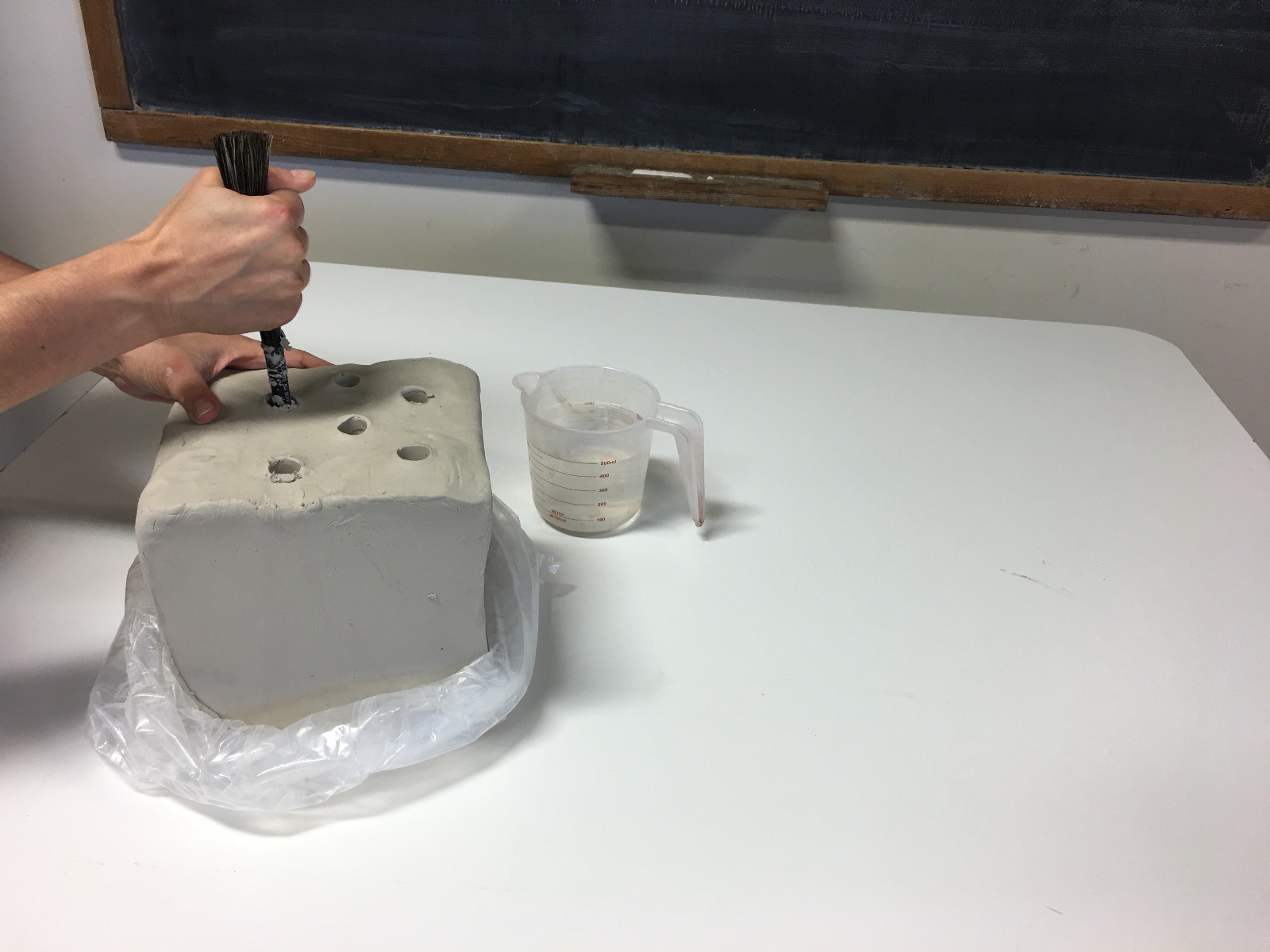
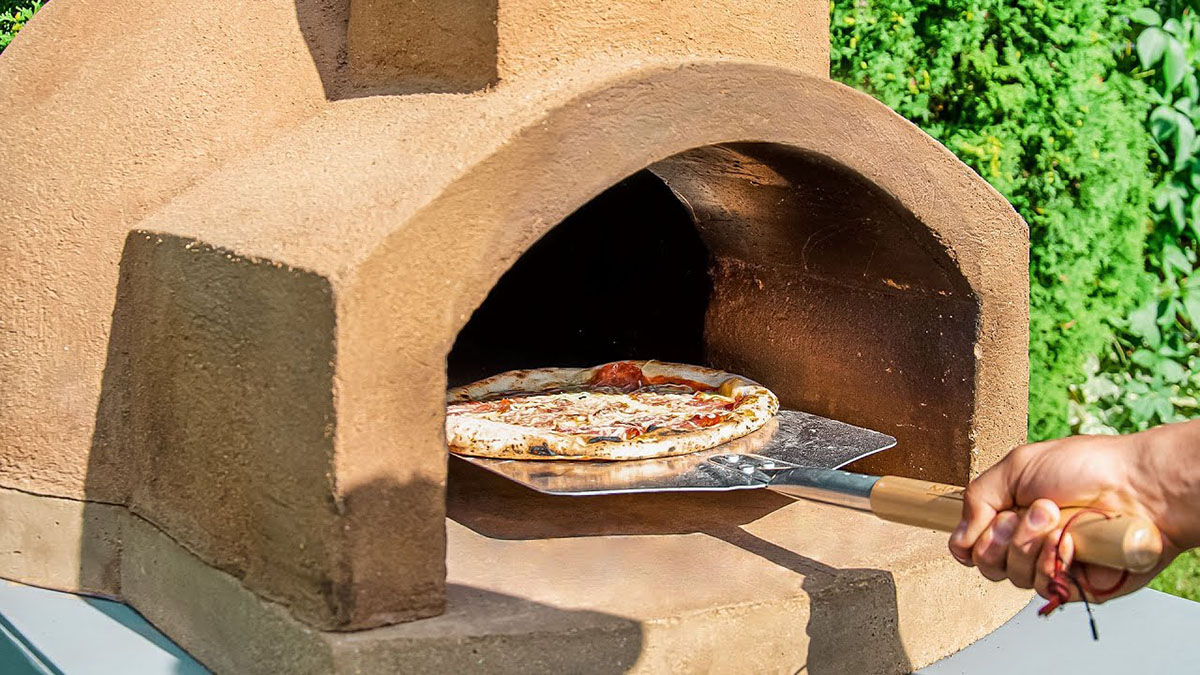
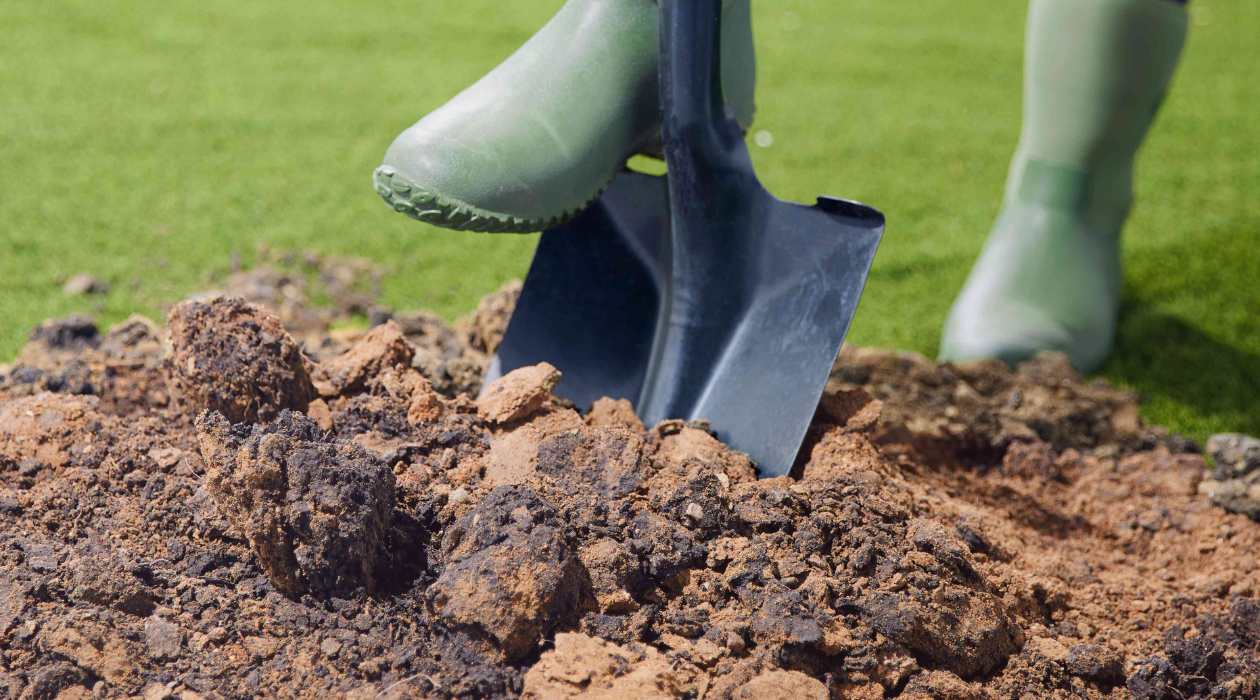


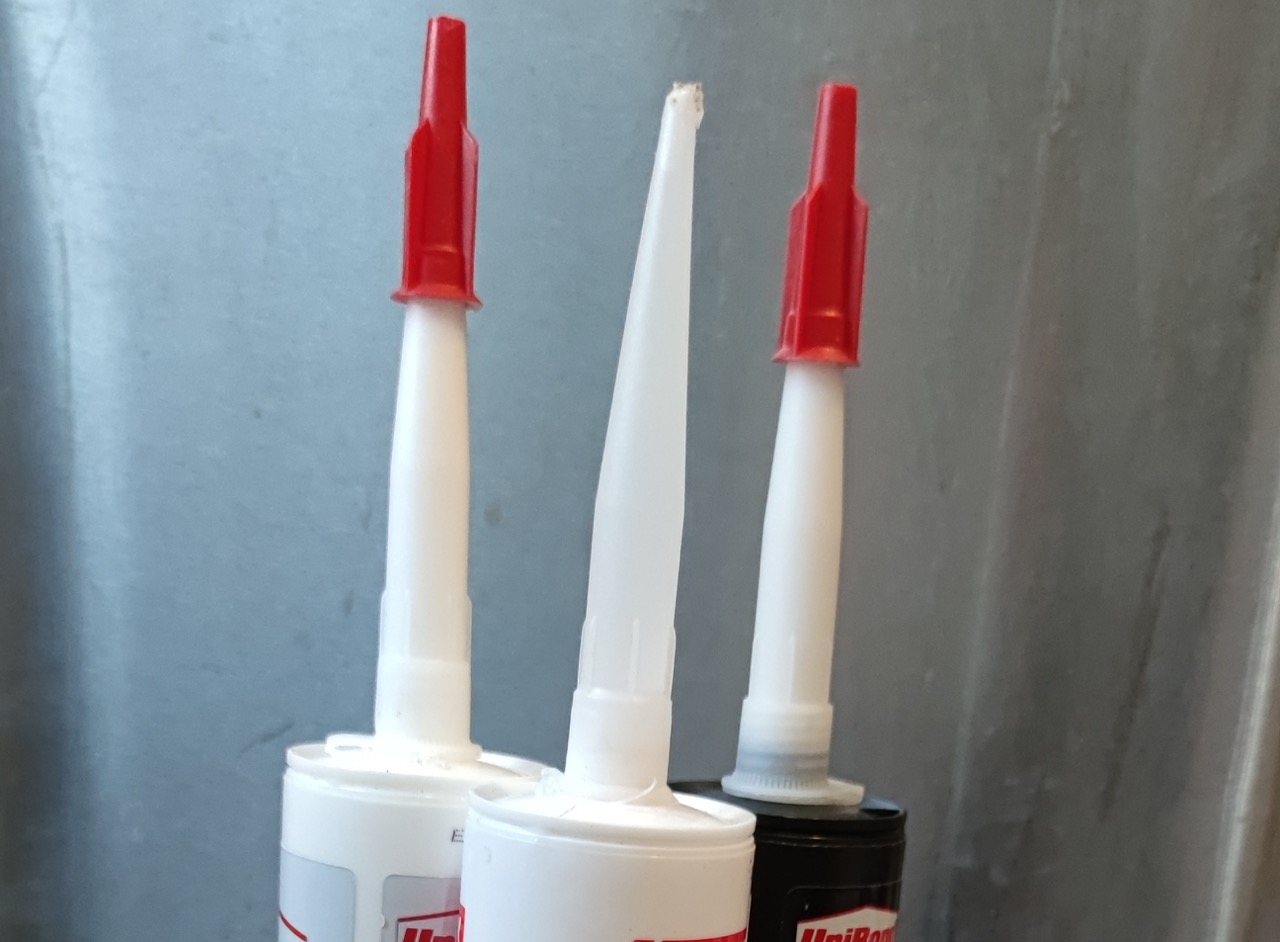

0 thoughts on “How To Store Open Polymer Clay”